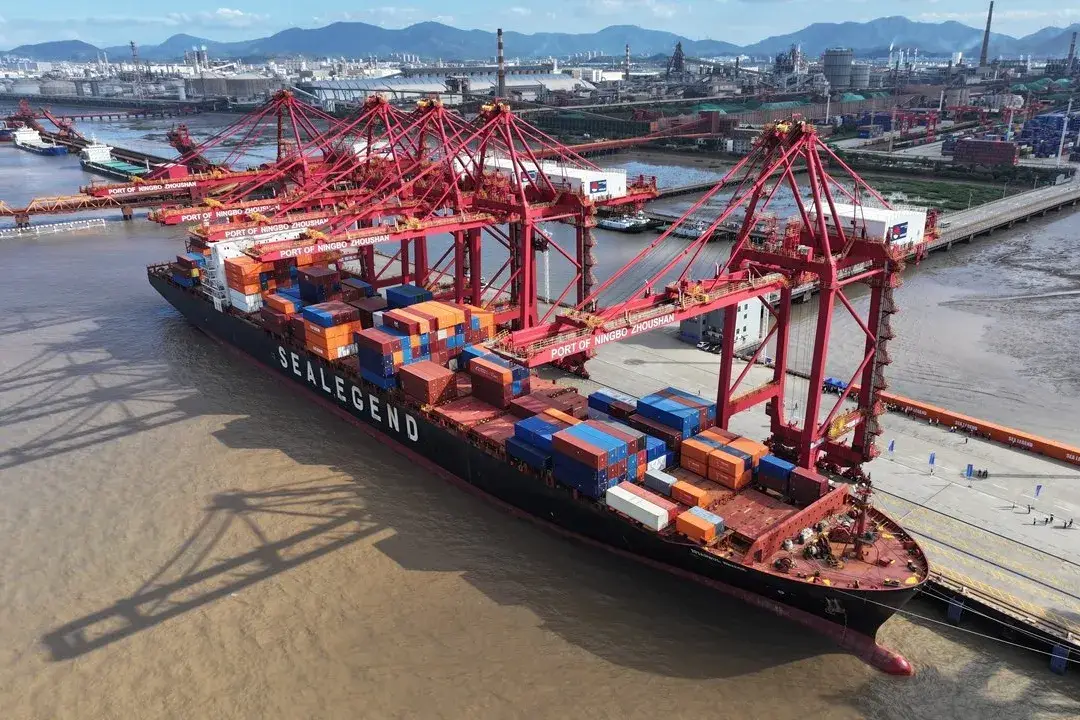What’s changing in container shipping—and why this route matters
The container ship Istanbul Bridge (4,890 TEU, built in 2000) has just become the first vessel to sail from China to Europe via a new Arctic express route. Earlier today it completed loading at the Beiyi Container Terminal in Ningbo-Zhoushan Port and departed for Felixstowe, UK. This milestone route leverages the Northern Sea Route (NSR), sometimes called the “Polar Silk Road,” cutting transit times significantly between East and West.
Key specifics: What changed with this new route
- Ship & Route: Istanbul Bridge, owned by Chinese company Sea Legend, will voyage from Ningbo-Zhoushan Port to Felixstowe via the Arctic’s Northern Sea Route.
- Transit time: Approximately 18 days under ideal conditions. That’s a major drop from the ~40 days typically required when taking conventional routes like via the Suez Canal or around the Cape of Good Hope.
- Environmental implications: This Arctic route is expected to reduce carbon emissions by about 50% for the China-to-Europe leg compared to longer conventional sea paths. Less fuel, less CO₂—if all goes to plan.
Risks, challenges & broader context
- Seasonal and climatic constraints: The Arctic route is still only reliably navigable during certain months when ice levels allow. Ships like Istanbul Bridge will often need icebreaker support or careful timing.
- Infrastructure & safety gaps: Polar regions lack many of the ports, rescue facilities, navigation aids, and environmental oversight that more established trade corridors enjoy. In bad weather or if accidents occur, response options are limited.
- Higher costs for premium speed and risk: For high-value or time-sensitive goods (like batteries, e-commerce parcels, energy storage units), paying more for faster delivery may make sense. But cheaper, bulk cargoes might still favour slower but safer traditional routes.
“This marks our first dedicated service on the Arctic route, designed to serve cross-border e-commerce and high-value goods.”
— SeaLegend, regarding the new NSR service.
Freight companies, exporters, and supply chain strategists: this shift is a signal to assess whether Arctic express routes might benefit your goods—or introduce too much risk. I can help map cargo options, cost comparisons, or year-round vs seasonal feasibility for your trade lanes.









